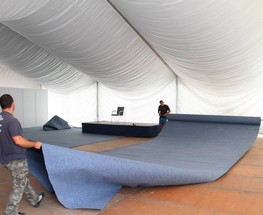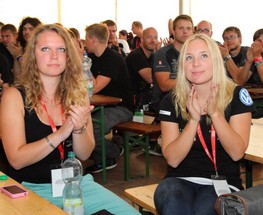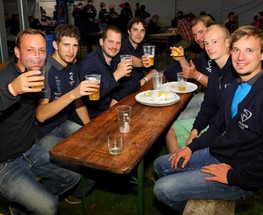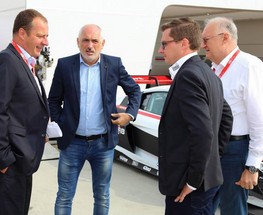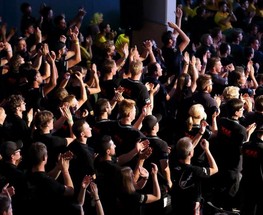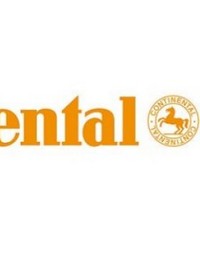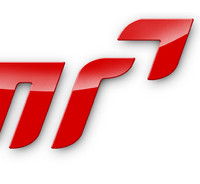
Formula Student Hungary
Contact Person
We updated our event site and filled it up with the most up to date informations, so grab a coffee, check all the details and share every important parts to your team mates! This year we open 10 slots for…
Read more ›After a few years we changed the open slots for the starter teams!Due to the global FS development we decided to change the slot ration between the electirc and combustion cars. In the previous years we organized the event with…
Read more ›The preregistration of FSH 2015 has ended, so we would like to share with you the names of the 10 teams who got the chance to take part in FSH 2015.Due to your well-built and creative applications, it wasn’t easy…
Read more ›Today we published the Official Rules of the 2015's Formula Student Hungary event. Feel free to use them, and contact us if you need further information.http://fshungary.hu/uploads/documents/2015/FSH_2015_Official_Rules_v1.pdf
Read more ›The 1st phase of the registration has ended. At this time, only the Eastern European teams were entitled to register.The free entitled slots were taken in seconds, just like in the previous two years.We hope, you were quick enough, to…
Read more ›For the teams who can register for the event in the 1st phase will have 5 days to transfer the registration fee to our account In the next few days our accounting department will generate the proforma invoices for the…
Read more ›We are opening the 2nd phase registration at 12:00 UTC on Monday, 26th January. The remaining slots are available for all teams.
Read more ›We opened the 2nd phase registration yesterday for Formula Student teams from all over the world. Like previous years, the starter list filled in only a few seconds and there's a long list of teams waiting for a slot to…
Read more ›


